Statistics on depression are sobering; numbers indicate that around 10% of adults in the United States are affected by depression yearly.
Studies also point towards exercise as either a beneficial treatment (for some types of depression, and some individuals) on its own, or a helpful supplement to other tools, such as cognitive behavioral therapy or medication. (Editor’s Note: Always remember that nothing you read on the Internet should take the place of a consultation with a medical professional. If you believe you are depressed and have not sought treatment, diagnosis is always a first step. Always ask your doctor about beginning a new exercise program, and base decisions on your medical team’s advice).
Women are also more susceptible to depression; they are afflicted twice as much as men from the ages of 14 to 25, and the number only drops slightly as age increases.
Whether you’ve suffered a depressive episode, deal with ongoing, chronic depression, or have mood stabilization issues, the good news is that research has indicated that exercise can help, either by itself or alongside your other courses of action.
However, even when someone isn’t depressed...it can be difficult to maintain the energy level and motivation needed to follow a regular exercise program. Not to mention, most of the studies that show beneficial effects on depression from exercise are using a baseline of 45 minutes to an hour, three times a week. That can seem overwhelming, especially since depression often makes even simple, daily tasks difficult.
How do you apply the benefits of exercise when it’s hard to “do life” on a basic level?
David Hellerstein, in a Psychology Today article, alludes to a possible solution through use of the business management principle attributed to George T. Doran; SMART goal setting.
Each letter of SMART is a goal setting guide addressing an element of making a plan to achieve objectives. If you’re living with depression and find it hard to enact the suggestion to exercise (or are overwhelmed by the amount of time recommended), consider using the SMART guide the following way...
S - Specific: “I’m going to walk/do yoga/bodyweight exercises for ten minutes, four days a week, for a month.”
M - Measurable: “I’ll track it on my phone’s calendar.”
A - Achievable: “I know I’m not up to 45 minutes or an hour yet. But I can do ten minutes a day.”
R - Relevant: “Studies show that some movement is better than none; I’ll get some benefit from doing the amount I can, until I can do more.”
T - Time Bound: “After a month, my body and mind will likely be ready to do more. I can evaluate where I am after the one month period is over, and decide if I’m ready for a new goal, or if I need to go another month at this pace.”
It’s difficult enough to be depressed, and the thought of doing so much less than what you see others engaged in can seem like it’s just highlighting your struggle.
But specific, achievable, time-sensitive goals, in small increments, could be a valuable assist in improving your quality of life. Momentum can be hard to get rolling, but once it’s in motion, you’ll more than likely reap the benefits.


